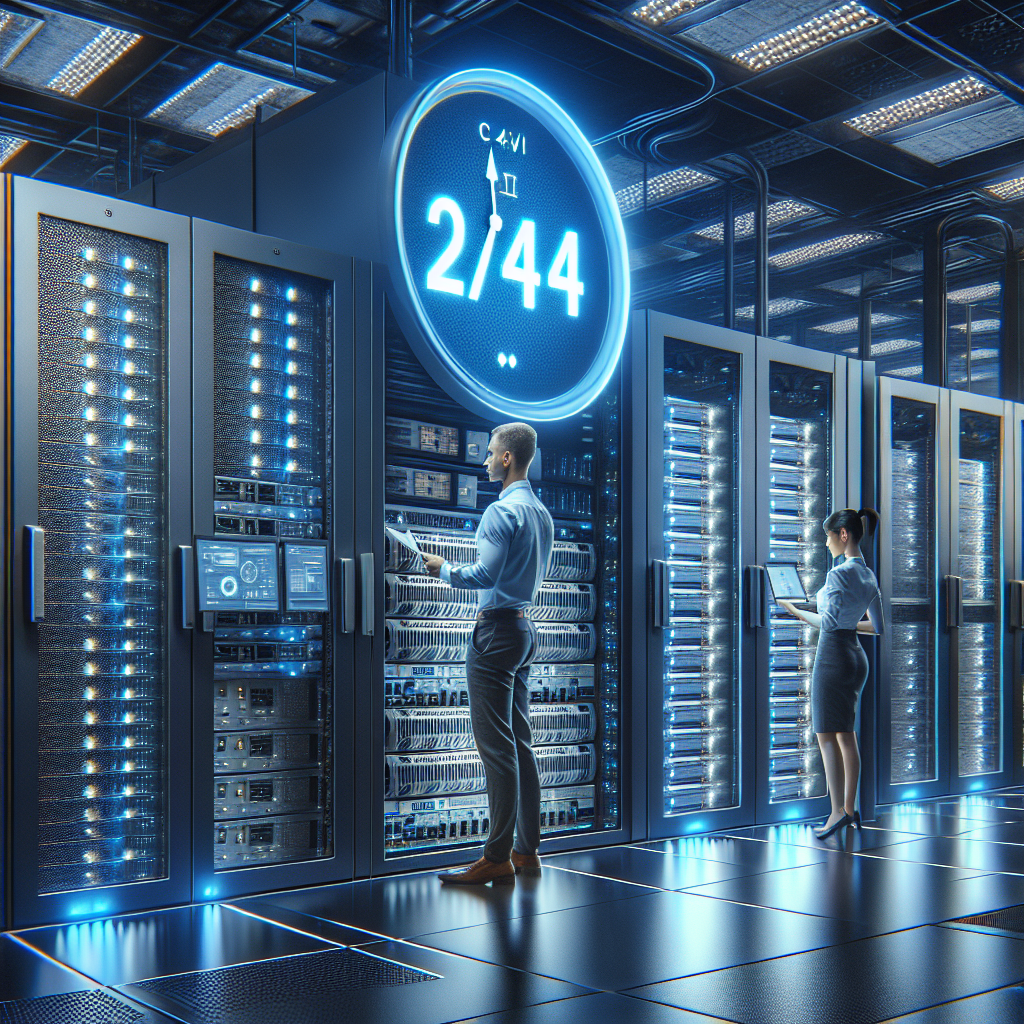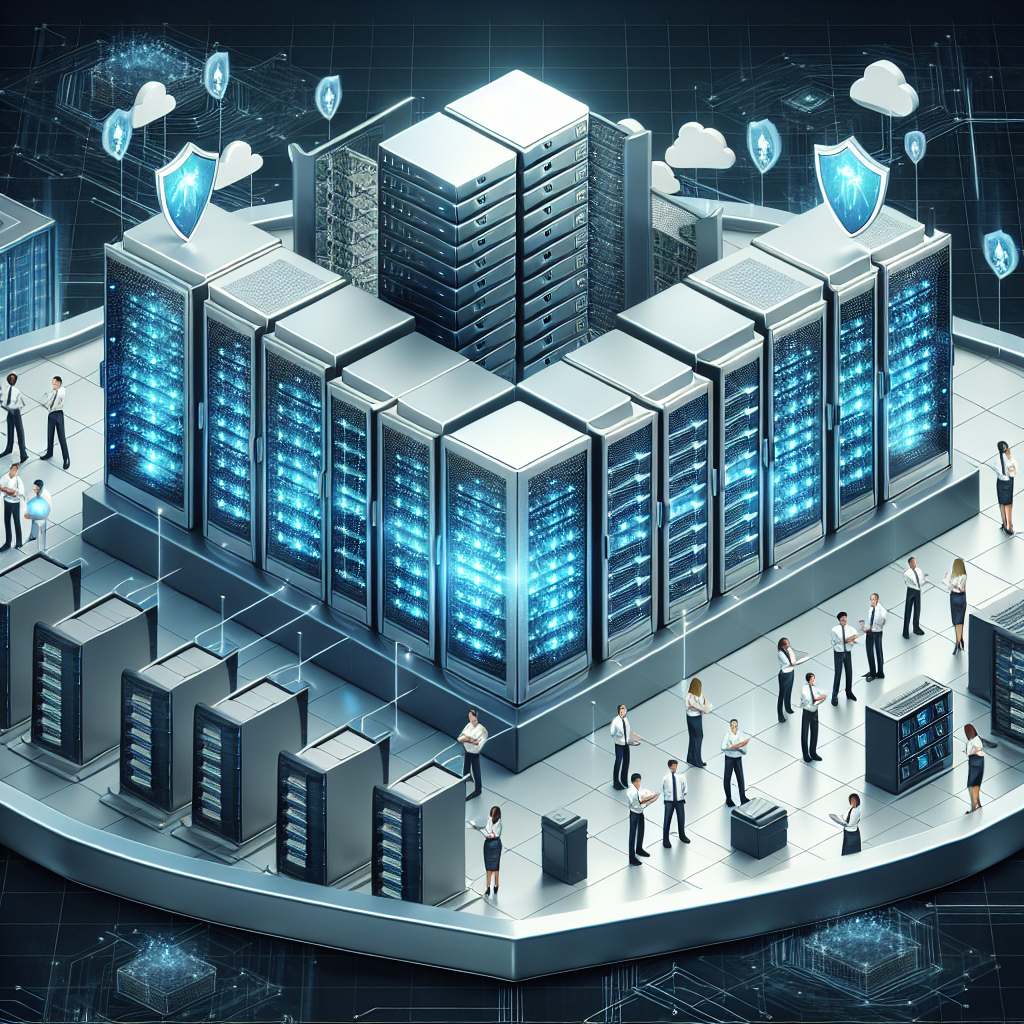In today’s digital age, data centers play a crucial role in storing and managing vast amounts of data for businesses and organizations. With the increasing reliance on technology, ensuring the uptime of data centers is essential to prevent costly downtime and data loss. Building resilience in data centers is therefore paramount to maintaining uptime and ensuring business continuity.
There are several key factors that contribute to the resilience of data centers and help prevent downtime. These factors include:
1. Redundant Power Supply: One of the most critical components of a data center is its power supply. To ensure uptime, data centers must have redundant power sources, such as backup generators and uninterruptible power supply (UPS) systems. In the event of a power outage, these backup systems can kick in to keep the data center running smoothly.
2. Cooling Systems: Data centers generate a significant amount of heat due to the high-powered servers and equipment they house. To prevent overheating and equipment failure, data centers must have effective cooling systems in place. This includes air conditioning units, chillers, and other cooling technologies to maintain optimal temperatures within the data center.
3. Physical Security: Data centers house sensitive and valuable information, making them a prime target for cyber attacks and physical breaches. To protect against security threats, data centers must have robust physical security measures in place, such as access control systems, surveillance cameras, and security guards.
4. Disaster Recovery Plan: Despite the best precautions, unforeseen events such as natural disasters or equipment failures can still occur. To mitigate the impact of such events, data centers must have a comprehensive disaster recovery plan in place. This plan should outline procedures for data backup, recovery, and restoration to minimize downtime and data loss.
5. Regular Maintenance and Monitoring: To ensure the continued resilience of a data center, regular maintenance and monitoring are essential. This includes routine inspections, testing of backup systems, and monitoring of key performance metrics to identify and address any potential issues before they escalate.
Building resilience in data centers is a multifaceted process that requires careful planning, investment, and ongoing maintenance. By implementing the key factors mentioned above, data center operators can ensure the uptime of their facilities and minimize the risk of downtime and data loss. In today’s digital landscape, where data is more valuable than ever, building resilience in data centers is a critical priority for businesses and organizations.









